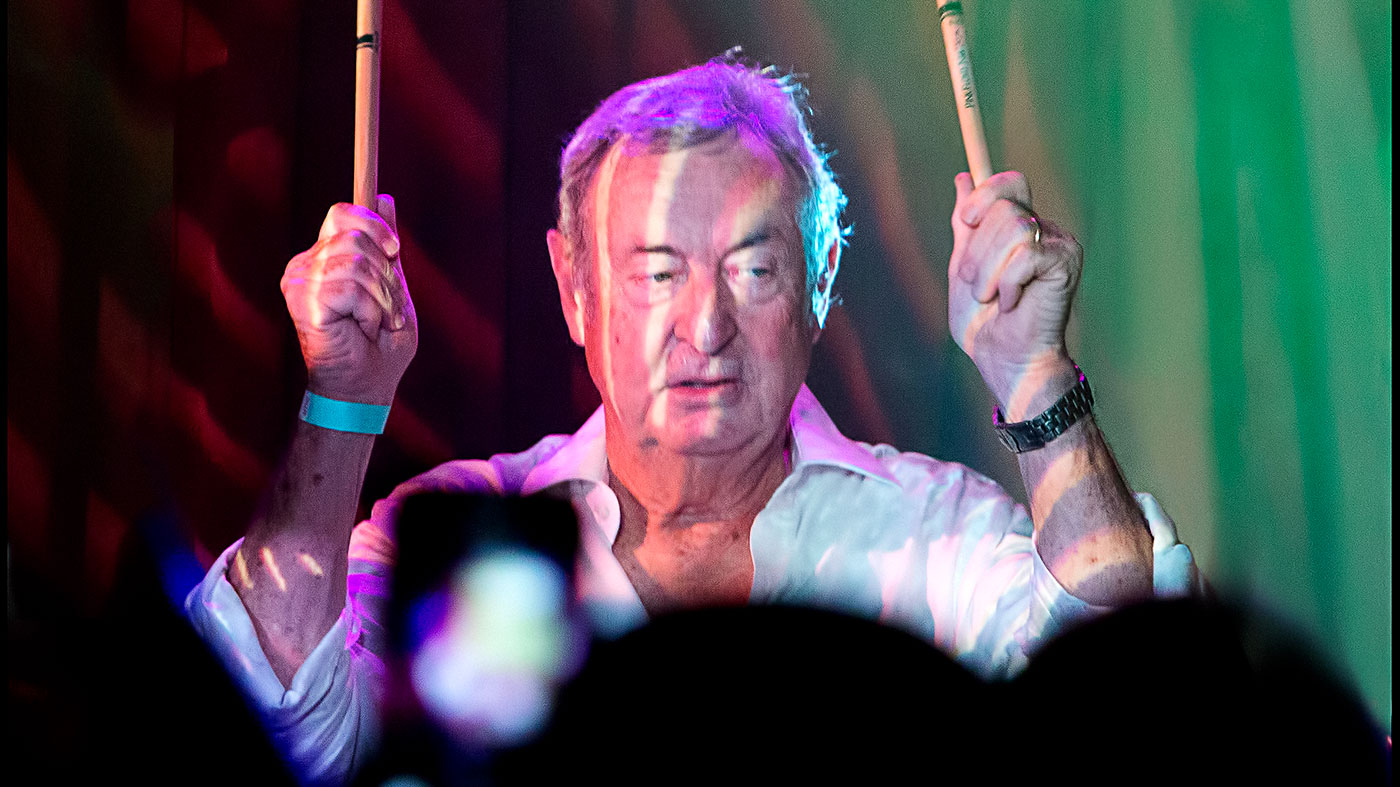
Nick Mason’s Saucerful Of Secrets made their debut in London this May, celebrating the earlier musings of Pink Floyd. We go behind the scenes to hear from the players tasked with recreating the tones of Barrett and Gilmour…
Nick Mason’s new project has certainly sent ripples of excitement through the Floyd fanbase. Whereas the band itself might now have run its course, its illustrious guitar and bass alumni are keeping the music alive in the world’s stadiums. So the thought of a third outfit addressing material from the Syd Barrett era and beyond - some of which has never been performed live in the past - is a tantalising one, to say the least.
The guitarists involved in the new band come from very different disciplines; Lee Harris, formerly of The Blockheads and Spandau Ballet’s Gary Kemp have formed a unique musical alliance to recreate the hallowed guitar parts from pieces ranging from the band’s recording debut, 1968’s The Piper At The Gates Of Dawn, through to 1972’s Meddle. We spoke to both Lee and Gary to find out how they were tooling up for the band’s next outing in the autumn - but we also talked to the man himself to see what it was that tempted him back to the driving seat behind his old band’s legendary formative output.
First of all, we ventured to a southwest London studio at the height of the recent heatwave to meet up with Gary Kemp.
“Funnily enough,” he tells us, “the very, very first time I ever got together in a room with other musicians, I was 11. It was with Phil Daniels, the actor, and Peter-Hugo Daly, who is also an actor. We were all kids, we all got our gear out and we played Set The Controls For Heart Of The Sun all day long. Forty five years later, I am actually doing it with the real man.”
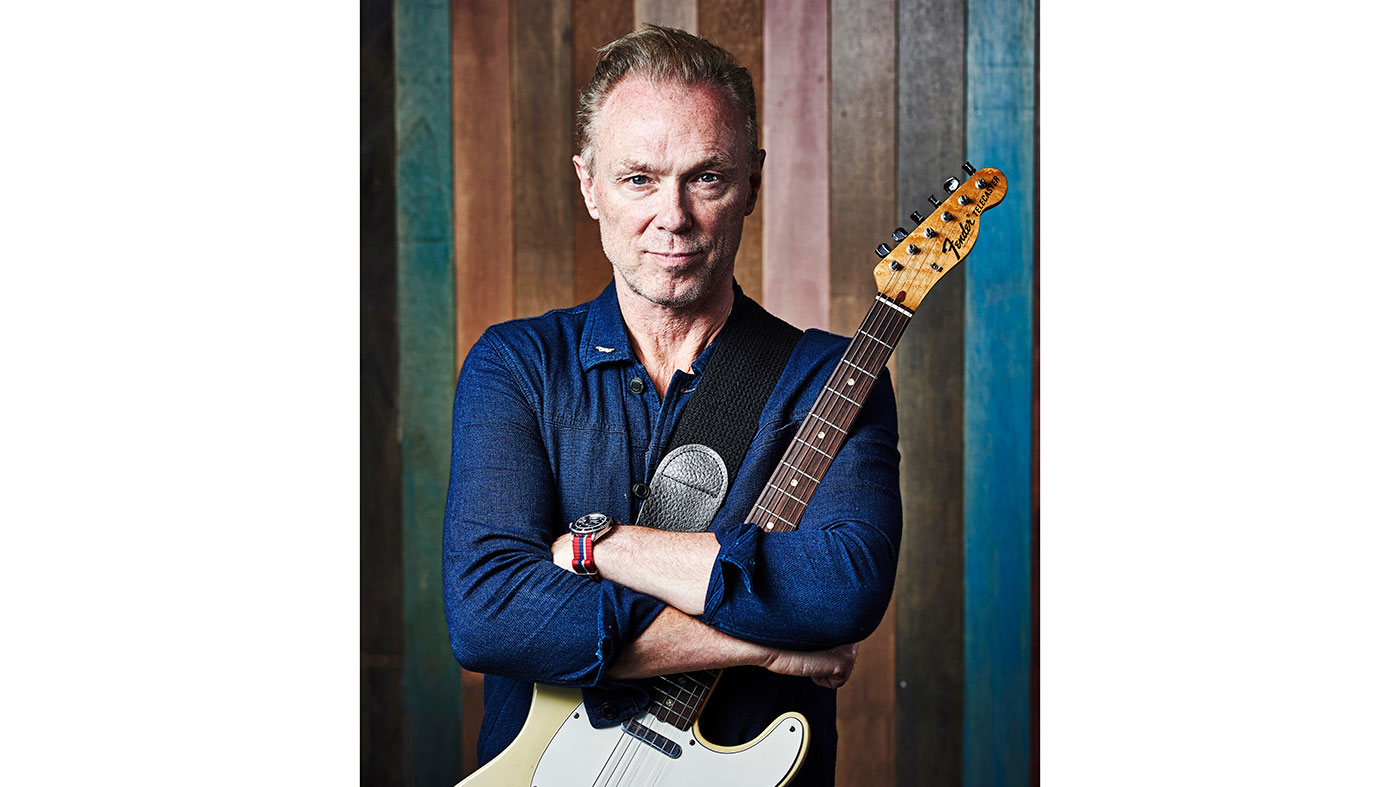
Gary Kemp
So has Gary been a Floyd fan right from the beginning?
“I think I was and I certainly am. I went to see them play with my brother when I was about 14, the Wembley Empire Pool show, which was the Dark Side Of The Moon and Wish You Were Here albums. I suppose, as a kid, obviously Dark Side Of The Moon came into my life and I was obsessed by it, but Relics really opened my ears to the band, more than anything else. Going back, early on, listening to Interstellar Overdrive and thinking this was definitely aural revolution and I would certainly upset my parents with this track, if nothing else.”
Want all the hottest music and gear news, reviews, deals, features and more, direct to your inbox? Sign up here.
How did you come to be involved in the current project?
This felt like the right idea... there is a lot more fun to be had in tracks that no one has been doing for a long time
“I have known Guy Pratt since the 80s. I think I probably got introduced to Nick in the 2000s, or maybe the 90s, through Guy and then bonded with Nick on our sense of humour - he is a very funny man. Lee Harris I didn’t know, but I had played with Lee, Gilmour and Guy, at Guy’s 50th birthday party a few years ago. And Dom Beken was there playing keyboards, so yes, there was a bit of us playing, but with David, not with Nick. This felt like the right idea, because this early stuff doesn’t have those signature solos in it. And there is a lot more fun to be had in tracks that no one has been doing for a long time, you know Interstellar Overdrive, A Saucerful Of Secrets and then obviously with those wonderful Syd-type ramshackle, punkish, singles - Emily… and Arnold... and Bike.”
What were the first steps in getting the band together and on the road?
“Nick was kind of unsure about the whole project and the first thing we did was Interstellar Overdrive. That was interesting. We all know the riff sounds great, but what do you do in the middle? You can’t emulate anything on the record and whatever recording you have heard with Pink Floyd doing it live in different places, is always different.
“It was scary for everybody. You always think, ‘Well, this has been going on a bit too long, let’s get back to a structure.’ But when you listen back to the tapes, it’s like, ‘Wow, we can go on a bit longer.’ And we put that first in the set, because we thought, ‘Well, that just puts our cards on the table, this is the kind of show you are going to see. You are going to see something a bit wild and different.’”
Beyond Barrett
The material featured goes beyond the early Syd Barrett years, but stops short before Dark Side...
“The whole set has got up to Meddle in it. We do stuff from every single album before Dark Side Of The Moon, the only album missing out of those first albums was Atom Heart Mother, which we are correcting now. We don’t do Echoes, because when Rick [Wright] died, David and Guy said they wouldn’t play Echoes any more. It had gone with Rick - it was such a Rick thing. But we do One Of These Days. Moving forward, I think it is always a balance between doing numbers like Saucerful…, that have a kind of freak-out middle to them, and having numbers that are very vocal and have a commercial melody to them, like the Syd stuff.
“We hadn’t done Careful With That Axe… on the last tour. It just didn’t seem to fit into what we were doing at the time when we structured the set together. But we were finding some fairly obscure ones; we do Obscured By Clouds, which Lee and I do as a double bottleneck unison part, which is kind of how David had tracked it on the album. It sounds amazing. It is just so big to have two bottlenecks playing at the same time going into When You’re In. So, it is a diverse set but I think that cut-off point was right. People have loved this stuff for years. I loved that early period and it is a real joy.”
How did you go about assembling the gear to recreate some of the earlier Floyd material?
“I suppose the Tele was really important to start. I usually play Strats on stage but I had a ’71 Tele, which I have had for quite a while and it doesn’t really seem to have a space in Spandau Ballet, but was perfect for this. Obviously, Syd’s first guitar was a Tele and then David started with a Tele. Then, when we do the later stuff, we get into Set The Controls… and stuff like that, I use my Strat. But certainly on all the Syd stuff, it has to be the Telecaster.”
The Saucerful sound
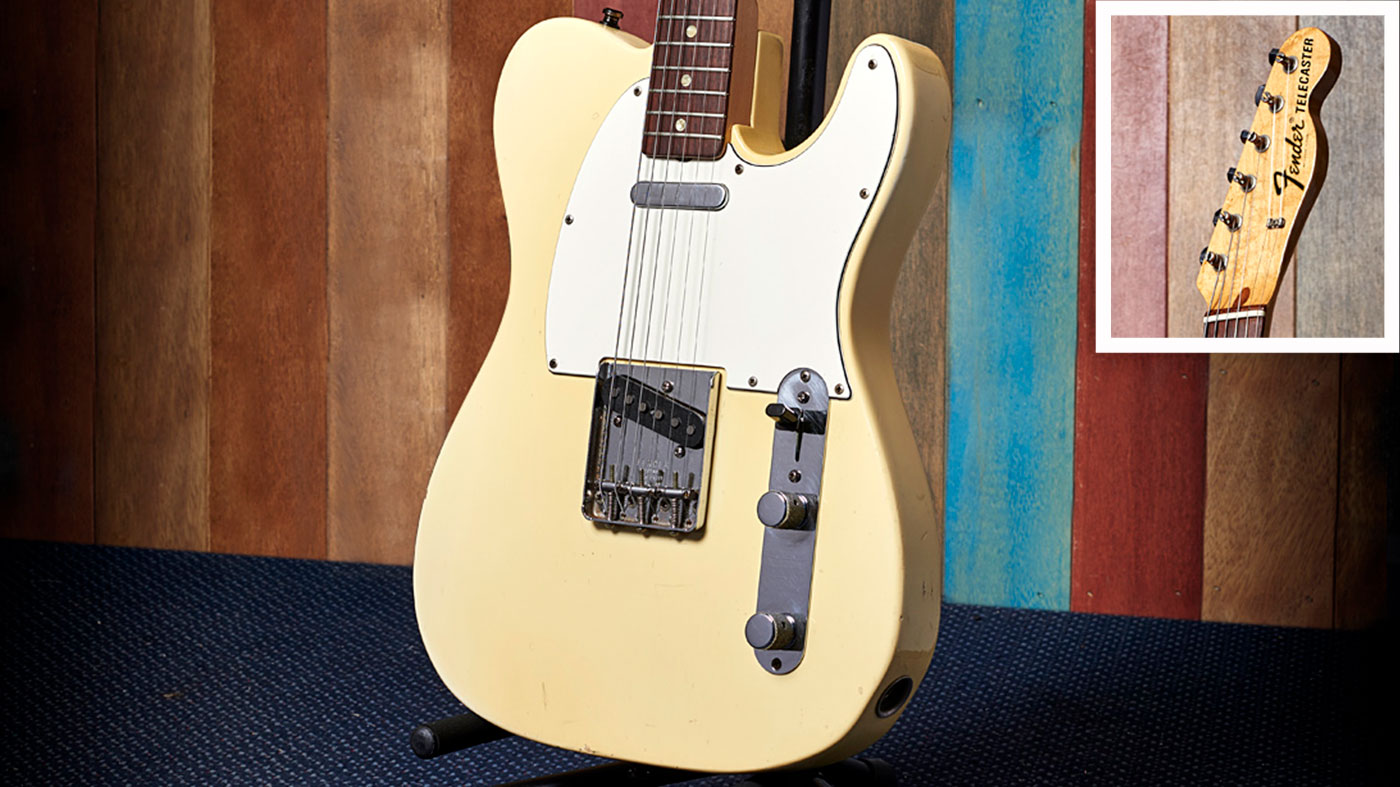
‘71 Telecaster
A ‘71 Telecaster is the perfect vehicle for the earlier Syd Barrett-era Floyd - both Syd and David Gilmour used a Tele in the band during their psychedelic heyday in the late 60s.

‘79 Strat
Gary’s ‘79 Strat with noiseless pickups and a Seymour Duncan humbucker in the bridge. There’s a Fishman piezo set-up under the string saddles with a switch by the two volume (pickups and piezo) and master tone controls. The whammy bar is a Hank Marvin Easy-Mute from VML.

Hiwatt half stack
Two period-correct Hiwatt half stacks (note the channel linking on both) form the sonic reinforcement in Gary’s backline. “The Hiwatt, I think, is the best amp for getting a clean, under-driven sound,” Gary tells us. A perfect foil, then, for fellow guitarist Lee Harris’ Hiwatt-inspired Hi-Tone DG50.

Gary's Strymon board
Gary uses two pedalboards. This one bears his trio of Strymon modulation units controlled by a Disaster Area MIDI unit, plus a Digitech Whammy and volume pedal.
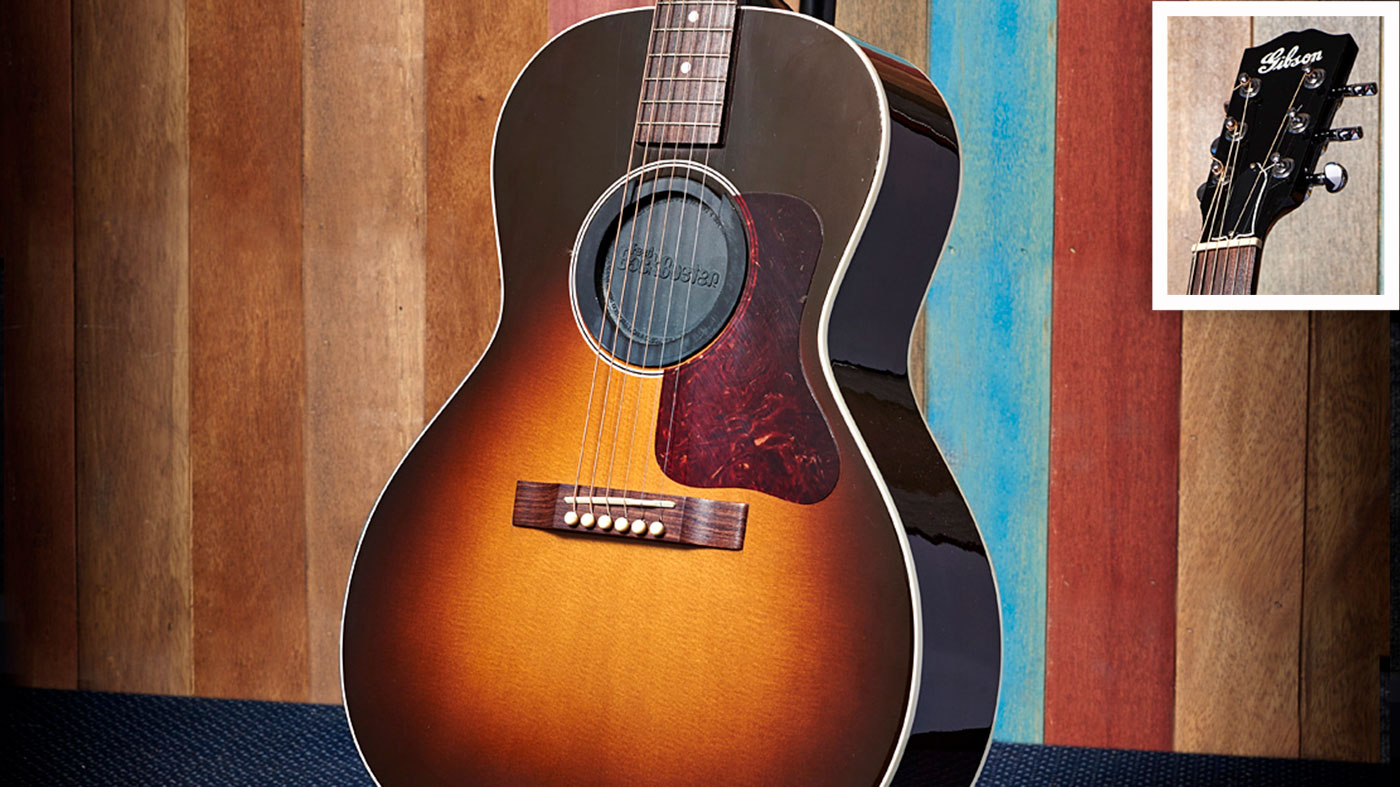
Gibson Blues King
A Gibson Blues King, used for the Floyd track Fearless: “It’s an open G tuning and it is a very small, little sound, which seemed kind of right. It didn’t seem like it needed to be a jumbo sound on that track.”

Rack unit
A rack unit containing two Shure UR4D+ radio receivers and a Pete Cornish custom controller: “The radios are so good now, you A/B them with a lead and it is as good as.” The bottom two units are a pair of TC Electronic TC2290s.
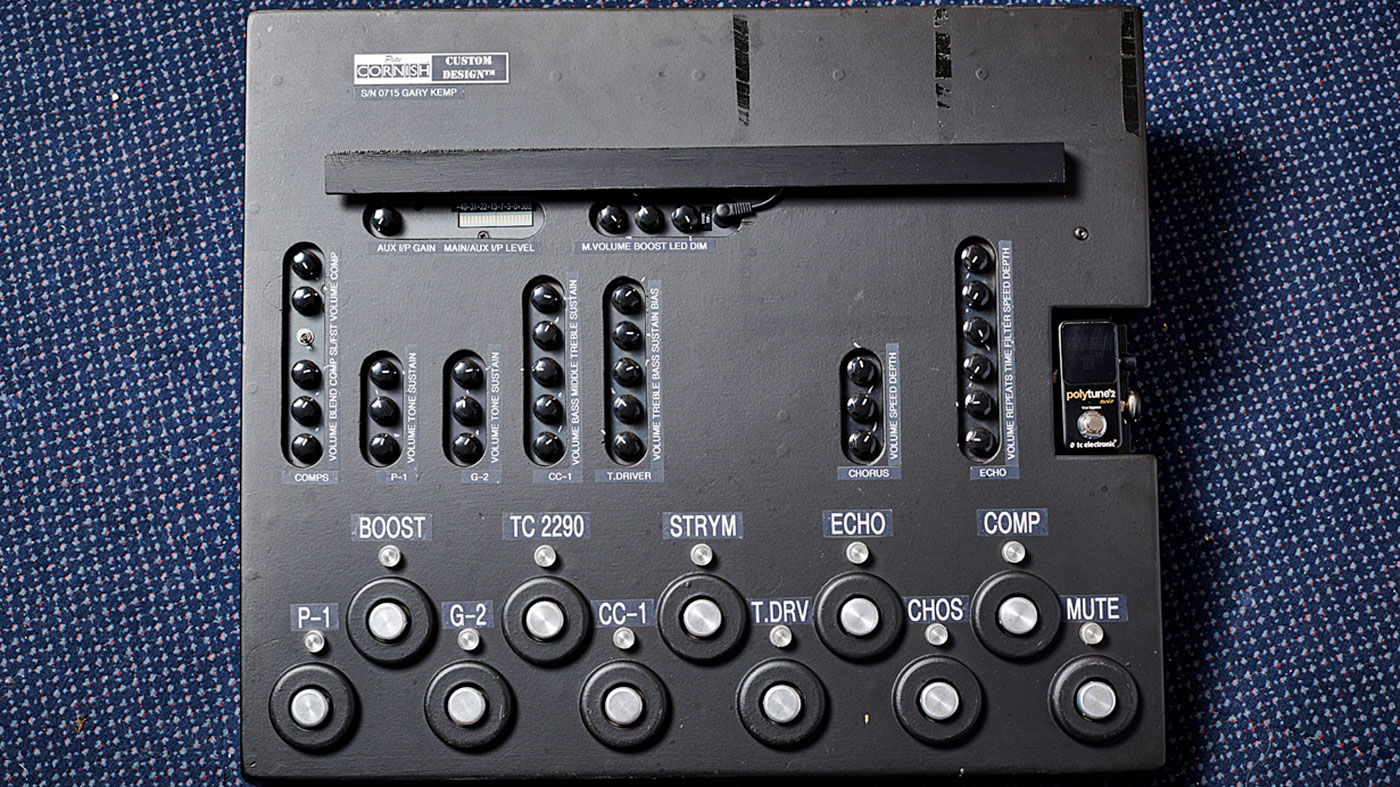
Gary's Pete Cornish board
Gary’s main Pete Cornish ’board: “This is my third Cornish board. I had my first one in 83, I think. It was a big, flat thing that nearly took up most of the stage! He wasn’t building his own pedals then, we filled them with various Boss pedals and whatever I liked, but he would take out the gubbins.”
You are using quite a few effects, what are the highlights?
“I have three different Strymons which I use: Mobius is the modulation and then TimeLine is the delay unit and BigSky is the reverb unit. I usually set them all for different songs, through a Disaster Area MIDI Pedal. But I found myself hardly using the modulation; what I substituted for the modulation was the Moondog, made by Electronic Orange, which is a copy of the Uni-Vibe pedal that David used in the 70s.
I use Pete Cornish pedals - David has been using Pete Cornish since the 70s anyway
“I use Pete Cornish pedals - David has been using Pete Cornish since the 70s anyway, although really if you were going to try and go for that original sound, you would end up with Big Muffs and things like that. But they just sound so thin compared to what Pete has built and I love those devices. This new one I had built in 2009 and it has a lot of his pedals in. It has got a Butler Tube Driver in there and I use the OC-1 Compressor - I have that on all the time. That is not an effect, that is just to smooth the sound generally the whole time.
“And then I have these different levels of overdrive: the CC-1 is his least and it goes through the G2. And then the P1 is the sort of dirtiest, longest sustain, which is a great effect with the EBow. And I use that on Set The Controls For The Heart Of The Sun. If you stack them, they are great for a solo. The Tube Driver, which I like, is very similar to the P1 but a slightly warmer sound and it is quite nice to use as a lead in the background, as a dirty sound. I have other things on the ‘board that I am not using at the moment, such as chorus. This ain’t a chorus pedal kind of act!”
And you’re using Hiwatt amps?
“Yes, a ’71 Hiwatt and the cabinet I believe is early 70s as well. What I like about the Hiwatt is you can stack up as many of those overdrives as you want, you won’t get strange harmonics that are distorting. It just is beautiful. It carries. It is a great workhorse for pedalboards, it carries the sound of distortion beautifully. I have had problems with Fender amps and American amps and those very 80s sounding amps, they never seem to be very happy with too many distortion pedals going through them.”

Nick Mason
With both David Gilmour and Roger Waters out there separately treading the boards playing a compilation of classic Floyd and solo material, the only other surviving member of the band has, until this point, chosen to take part only in the occasional charity do or one-off concert appearance. His current initiative, however, has seen him take his place once again behind the kit to revisit some of his band’s earlier material
What was behind the idea to pick up his sticks again?
“Really, it was Lee Harris who initially suggested to Guy Pratt that he thought I should go back to work, I think. Guy was enthusiastic and, having worked with Guy now for about 30 years, I thought, ‘That’ll be alright, then…’ Then we got this real enthusiasm from Gary. I’ve known Gary for quite a while and I thought it would be terrific to work with him. We then collected Dom [Beken] for the keyboards and sort of set off. I think we just did a couple of rehearsals and we all really enjoyed it, thought it sounded okay, and it sort of went on from there. So it was a fairly organic process.
Although things got a lot trickier later on, the earlier days were terrific - really easy
“Some of the material has been in the playlist throughout. We did Astronomy… on the ’94 tour and Set The Controls… was something that I played innumerable times. Some songs we’d never played, particularly something like Bike, but some of it was particularly ingrained.”
What was it like working with Syd back then?
“Well, the Piper… stuff was particularly easy. Syd would appear quite often with a song ready to record. Although things got a lot trickier later on, the earlier days were terrific - really easy. And, of course, a thing like Interstellar Overdrive or Astronomy… were staples of our live show almost from day one.”
What other material have you taken from those early albums?
“The answer is we haven’t finished. I’ve taken the setlist that we played at Dingwalls and The Half Moon but we absolutely intend to add more. There’s quite a playlist if you take the two film albums, Piper…, Saucer…, Meddle and Atom....”
Will you be trying to recreate the early ‘psychedelic era’ Floyd live?
“As much as possible. What I’d like to do is recreate the idea of improvising; we won’t play the same thing again and again - we’re not planning to learn an improvised solo, if you see what I mean. That’s the backbone of it. Of course, there are some occasions when it will end up being fairly similar, but hopefully we’ll be able to keep that alive.”
You’ve referred to this project as a labour of love? Does the material have a special place in your heart?
You’re talking about something you did 50 years ago and you end up feeling like the Tower Of London... you want to get back to what you really liked
“There’s nothing that I wouldn’t enjoy playing. I think when I was talking about a labour of love it’s not so much specifically those albums, although there’s a freshness to them that perhaps would be missing if we start raiding Dark Side Of The Moon and The Wall and so on. You head into tribute band territory with yet another version of Comfortably Numb. It’s more a labour of love in terms of me playing drums again, really.”
So you’ve actually missed playing?
“Yeah. I didn’t really realise that, but it was brought home by the V&A Museum thing, which I really enjoyed working on. You’re talking about something you did 40 or 50 years ago and you end up feeling like the Tower Of London. So you want to get back to what you really liked originally.”
Have you received any feedback from David and Roger?
“Only that they’re both very supportive. It seemed good manners to tell them what I was up to and they’ve both said, ‘Good luck!’”
Are you exploring the possibility of any live recordings or DVDs?
“I’d love to do something like that, but not yet. First of all we need to explore more of the catalogue, really. I think it would be far too early to launch into it now. We need to play together more. I think after September we’ll have a look at that, but it would be fun to do a live album. It would be nice to do it properly, rather than relying on rather average YouTube, iPhone versions.”
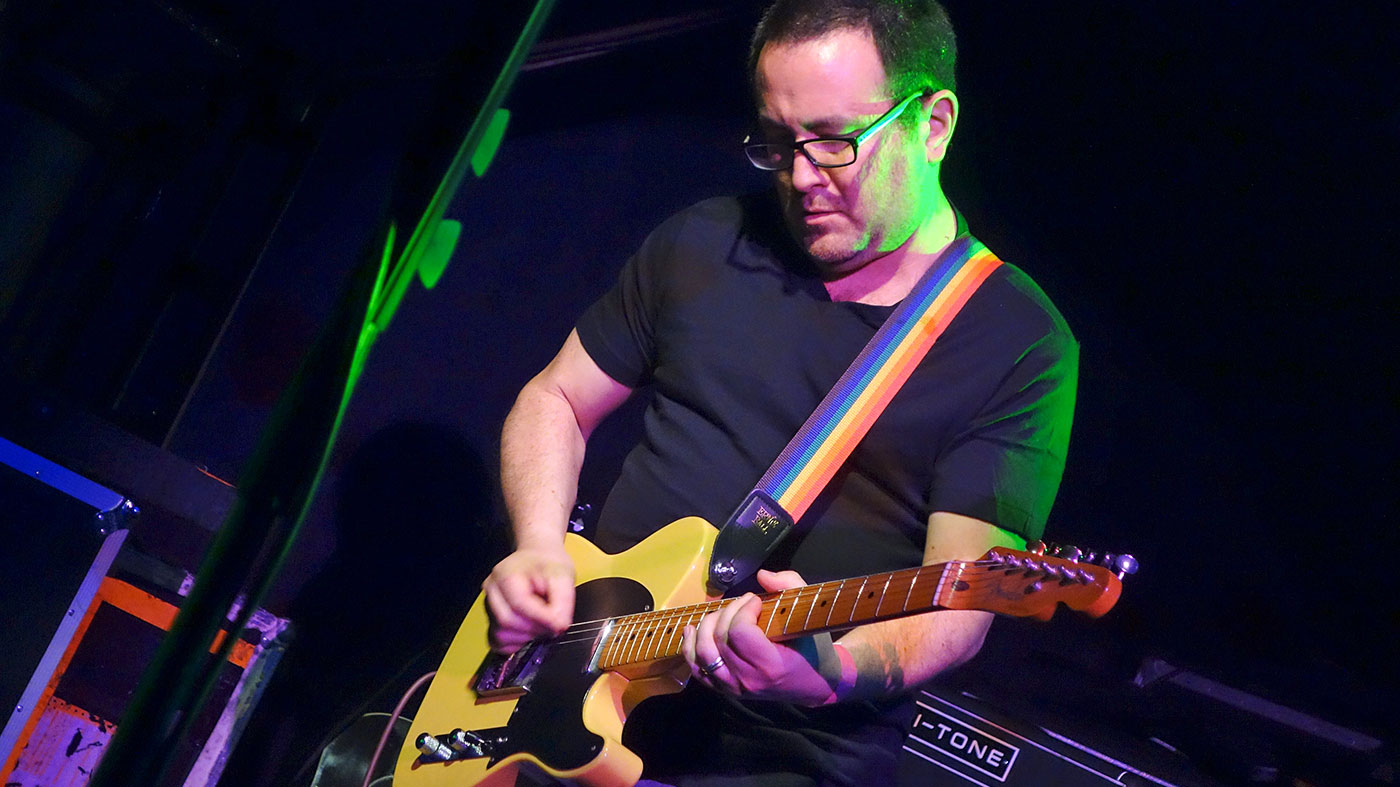
Lee Harris
Until recently, the former The Blockheads guitarist Lee had been taking a hiatus from playing live.
An invitation from Guy Pratt to see David Gilmour perform in France rekindled his interest. It also gave him an idea. Seeing Gilmour playing vintage Floyd songs made him think that it might be the right time to approach Nick Mason and pop the question about forming a band to perform the lesser-heard early material of his legendary band.
When you’re eight and you see a guy standing on top of a wall playing a guitar solo, you walk away remembering it
“I really missed playing, seeing all of David’s gear and everything,” recalls Lee on the gig that reinvigorated his passion for performing. When he saw David again a year later, his plan to perform early Floyd with Nick Mason was hatched, with Guy’s response an encouraging, “It’s a really good idea, but I don’t think he’ll go for it.”
“I went off for about a month and I thought, ‘He didn’t actually say no’,” continues Lee, “so I went back to Guy and said, ‘I really want to get the idea to him’ and he said, ‘Write it out properly and I’ll get it to him,’ and I did - and here we are.”
Are you long-time a Floyd fan?
“I was brought up listening to Floyd, really. My parents brought me up listening to The Allman Brothers Band, Deep Purple, loads of Floyd, Led Zeppelin and all that 70s guitar-y stuff. They took me to see The Wall at Earls Court, I must have been eight and it rubbed off on me. When you’re eight and you see a guy standing on top of a wall playing a guitar solo, you walk away remembering it. I was massively into David.
“My father is a cinematographer and he did a video for Pink Floyd. He used to work with Storm Thorgerson and there was this guy called Arthur Max who is now the production designer on big movies, like he does all of Ridley Scott’s things, but he used to work with my dad and he actually was the Floyd’s lighting designer; he came up with the idea of the round screen. So I’ve always had sort of random Floyd connections, which didn’t worry me about getting to Nick and having him say no.”
What sort of gear are you using?
“I’ve got a Gurus Optivalve compressor - it’s got a tube in it - which I actually only use with an old Marshall Guv’nor pedal for the Syd stuff. Obviously Syd was going through a Selmer amp and the Guv’nor with that compressor got me the closest to it. I’ve got another of their pedals called a Sexydrive, which is an overdrive pedal. There’s a guy in the Czech Republic, the company is called Electronic Orange and his name is Jan [Horínek], and there’s a thing called a Bananaboost, basically a clone of an old Colorsound boost. I got a Big Muff clone from him, which gives me a dirty muff sound, and I use that on One Of These Days.
Amp-wise I’ve got a Hi-Tone DG50, which is a Hiwatt clone. It’s a fantastic amp - for this
“Also I’ve got a Catalinbread Karma Suture and we’ve got a song called The Nile Song that has a kind of overblown speaker sound and I was stacking two germaniums but it was getting a bit out of control. The Karma Suture is based on something called a Harmonic Percolator and that gives me a really good sound.
“Amp-wise I’ve got a Hi-Tone DG50, which is a Hiwatt clone. It’s a fantastic amp - for this, it’s absolutely perfect. The cab is called an Eclipse [4x12], after Dark Side Of The Moon, perhaps; it’s got clones of Crescendo speakers inside it and it kind of looks like David’s Starfinder cabinets.”
What about guitars?
“I’ve got two Fender Strats. One’s got a Grover Nut on it that raises the action so it’s quite high, like a lap steel. I’m getting Tom Gray to make me a T-Style, I think it’s called the Admiral model, for when we go out later in the year. I was just going to play the whole thing on a Strat, but when all my gear was in the UK being built into a ‘board by GigRig, I had my Telecaster here in France and I plugged into my Guv’nor and went, ‘Oh, god - that’s the sound!’ So I had to rejig everything.
“You really do need a Tele. In fact the reason that I’ve got so many delays and overdrives is that I’m painfully aware that David only played through one Binson - or maybe two - and a Fuzz Face, but we are covering everything from 1967 to 72 and all the tracks have got different settings and I can’t stand bending down and changing settings in between songs. Especially for the analogue delays - I think one of the Boonars is for only 30 seconds of music, but it’s integral.”

